In addition to Borobudur, there is another World Heritage site, Prambanan, on Java Island. Borobudur is a Buddhist temple, while Prambanan is a Hindu temple.
Prambanan was built around 900 AD, 100 years later than Borobudur. In general, I think there are many places where Buddhism enters after Hindu today, but is it the opposite in this area? Or did Hinduism regain its power?
Since the 2006 Java Earthquake was severely damaged, the restoration has not progressed much now, and many buildings have been kept closed to temples.
From the parking lot of the archeological site to the entrance to the ruins of Prambanan, you will see some spires with a completely different atmosphere from the stout Borobudur.
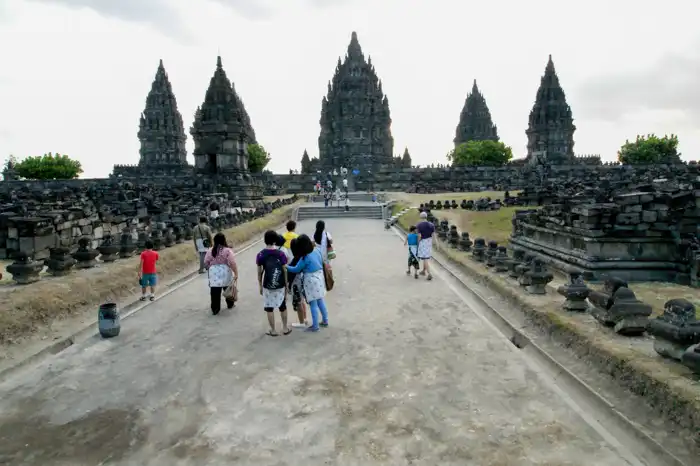
The approach to the photo above? The stone masonry on both sides was originally a small temple, and I think that what was destroyed by the past earthquakes remains without being restored.
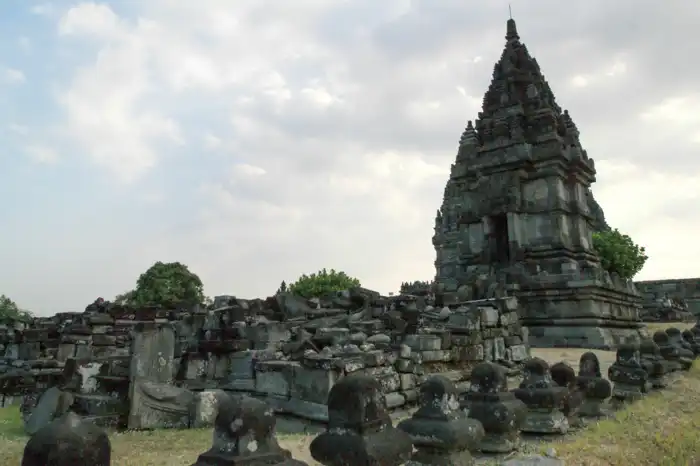
The temples in the center are quite large when approaching. It ’s such a high pile of stones. That would have made them vulnerable to earthquakes. Brahma Temple is in front of the photo, Shiva Temple is the largest on the left, and Vishnu Temple is a little visible on the far left.
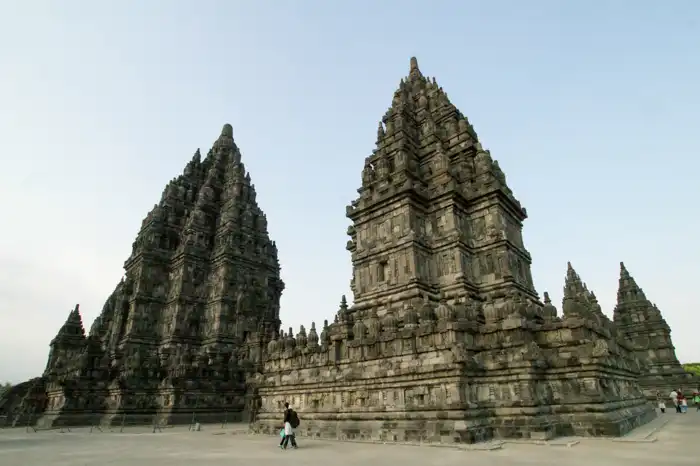
When you look up and look up at the temple wall, many reliefs are embedded.
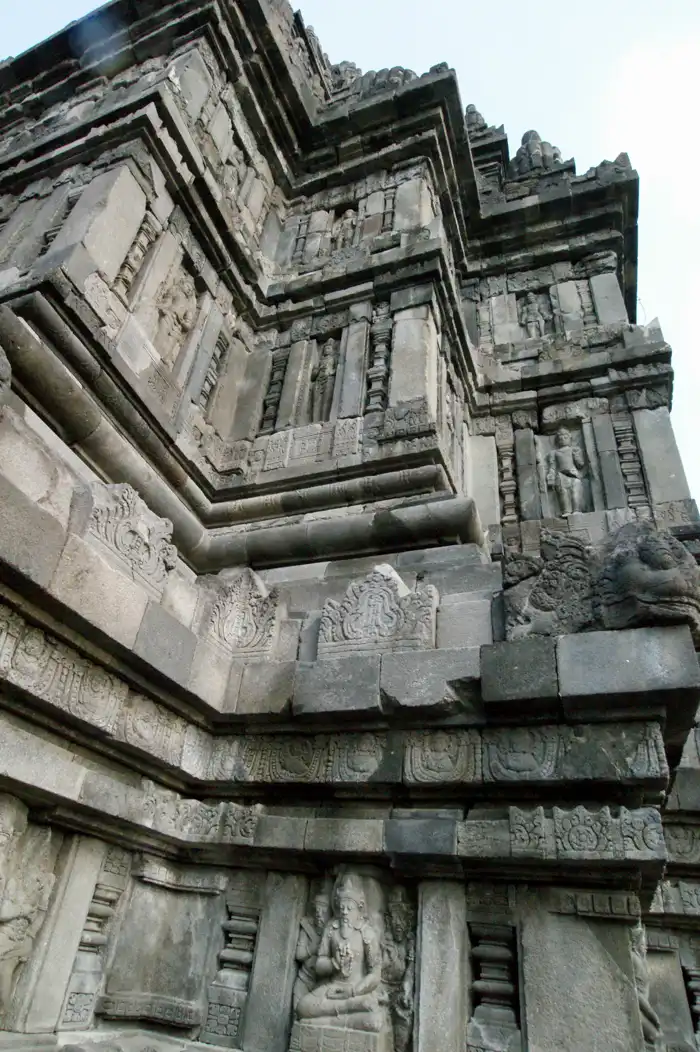
Expressive prambanan relief. I don't know what the motif is. The stone color on the right and left may be the result of repairs.
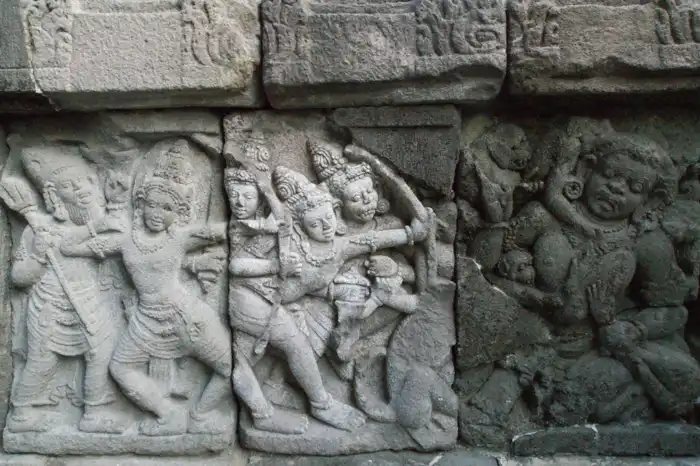
The picture below is the railing of the stairs at the entrance of a small temple called Apito Temple in the center of Prambanan. The reason I became interested in this is that the motif is as if it were in a Mayan temple in Central America.
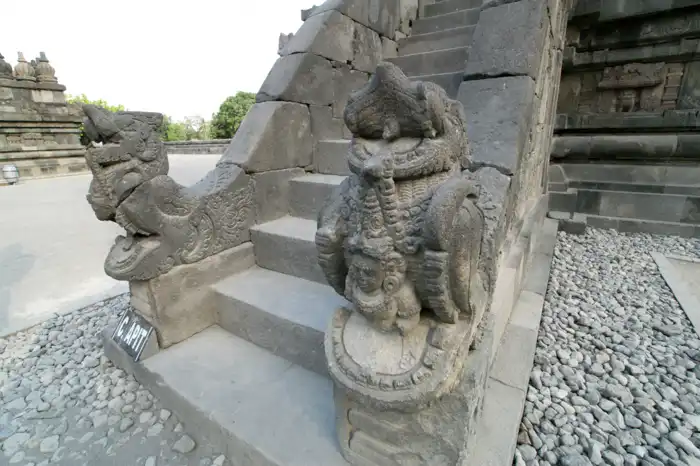
If you look at the Prambanan ruins from the side, you can see that they are quite neat temple ruins.
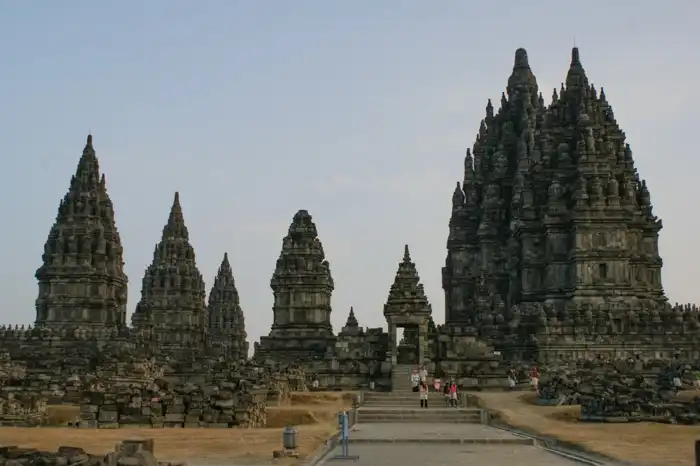
It seems that the Prambanan archeological site as a World Heritage site includes not only this central part of Prambanan, but also small temple ruins scattered around, but this time I visited the central part of Prambanan. Only the department.